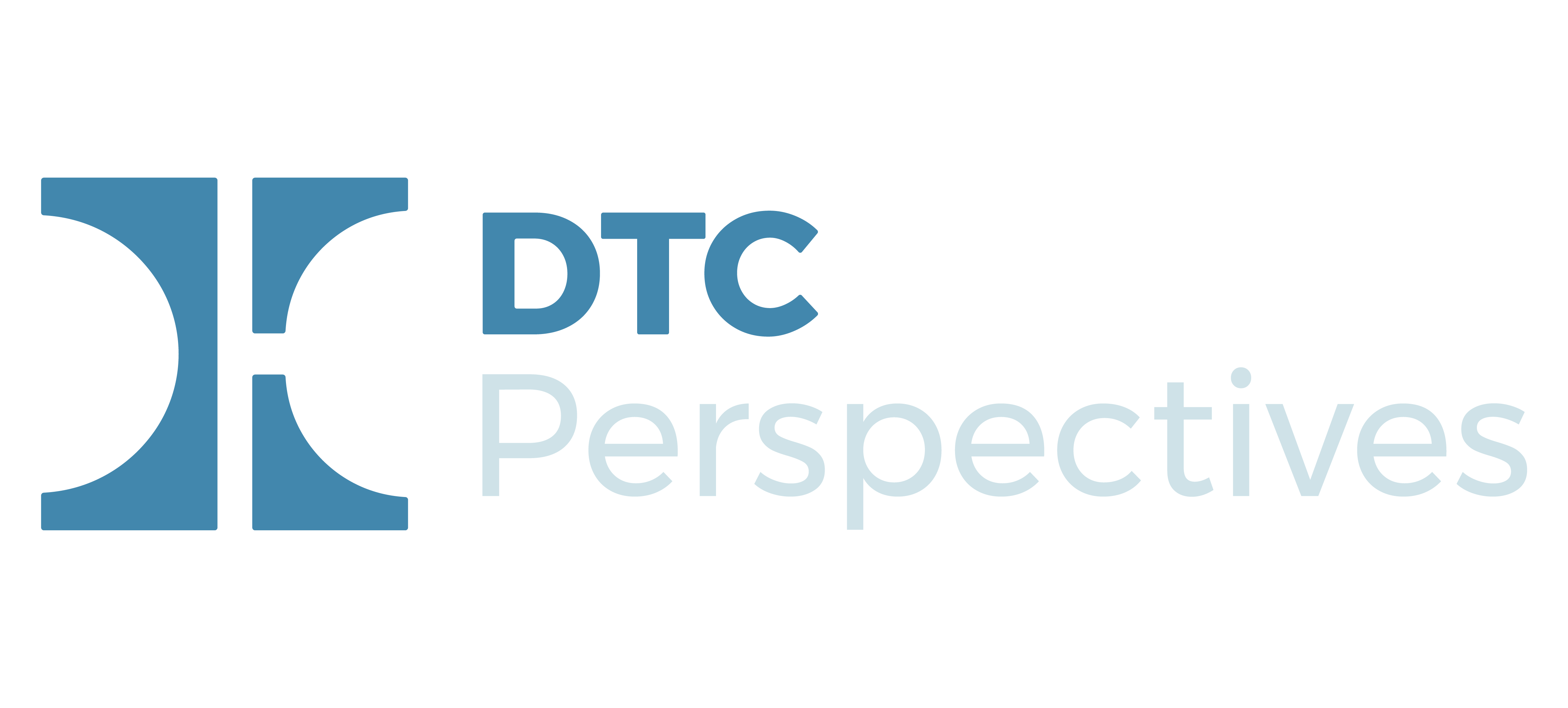From Outreach to Ownership: Why Cocreation Should Start Now—And Never Stop

To build trust and relevance, and achieve better outcomes, life science companies must embrace cocreation early, often, and intentionally.
After being told she had metastatic breast cancer, Jackie* was devastated. Was this the end of the road then? What about her kids, her husband? There was little energy left in the tank but she saw it as her duty to keep going. And so, she agreed to continue her treatment journey.
Today, Jackie is grateful for the new lease on life she was given thanks to various therapeutic interventions, but she also knows that her journey could have been much easier and less painful if those responsible for her healthcare had collaborated with her and others in the mBC community to understand the needs of patients to educate them on screenings and access to care. That’s why she was thrilled when she got invited to cocreate exactly the solutions that would have helped her earlier on.
What is cocreation? Hint: It’s not market research.
Cocreation is the act of building, together. It’s the process by which patients, care partners, advocacy leaders, and life science marketers come together to shape materials, strategies, and communications that reflect real needs, real language, and real life. A technology-driven human experience that generates rich, rapid insights.
At its best, cocreation delivers not just campaigns, insights, and compliance, but also clarity, relationships, and connection. And it’s done from the very beginning of the product lifecycle and sustained over time.
What Are We Really Creating?
Think broadly: Healthcare isn’t one size fits all. It is personal. It is emotional. Cocreation generates rich patient insights driven through unique relationships with patients by utilizing design-thinking methodologies to create solutions for patients, by patients. For an early-phase cocreation effort, we might be developing recruitment videos for clinical trials that speak to patients in their own language. Or revising the lexicon itself, challenging how endpoints are described and ensuring that the language used is relatable and relevant to the community. In later phases or post-launch, we might be designing explainer brochures, discussion guides, support programs, or the tone and format of a campaign.
But more than any single deliverable, we’re creating an experience built on lasting relationships and trust. We’re designing how patients feel when they first encounter a brand. We’re setting the tone for how patients engage with their treatment and their healthcare providers. We collaborate with diverse and dedicated patients and care partners who want to help shape the future their disease category’s patient experience. People like Jackie.
A person who just found out they have a chronic or rare condition is at their most vulnerable. No synthetic or canned approach can be nearly as reassuring as a real human being’s care and support. That’s why Jackie’s voice is irreplaceable.
A Matter of Good Business Practice
But how important is it, really? Let’s begin with the obvious: As a matter of good business practice, of course it’s critical to know what patients want and need and how they talk and feel about things.
But there’s more to it: Patients today are not passive recipients of care. They are informed, organized, and increasingly vocal about what works and what doesn’t. For that reason, life science companies that don’t build with patients from the beginning risk falling behind—not just in perception, but in performance and retention. Regardless of how good your brand team or “AI focus group” is at discerning what might be the right way to go to market, the absence of patient connections will be noticed and will leave growth potential on the table. So why wouldn’t we want to do what we can to really understand the market’s needs?
The good news is: with tech-enabled efficiency gains, any brand can now cocreate, regardless of the resources they have. What once required days of meetings, drafts, revisions, and back-and-forth logistics can now be streamlined through emerging technology like AI and digital collaboration tools. Tech has opened up space on our calendars—space we should fill with more human connection. We’re able to engage more often, more thoughtfully, and more nimbly than ever before.
The Power of Early Engagement
At any stage of the product lifecycle, cocreation is going to improve a brand’s positioning, but much like compounding interest in a bank account, the earlier you get started the more your brand(s) will benefit over time. Too often, companies bring patients in after key decisions have already been made. But cocreation isn’t about validation. It’s about origination.
Starting early allows you to define what matters, not just refine what’s already decided. It opens the door to “unknown unknowns,” those vital truths that only emerge when you stop assuming and start asking. Cocreation challenges the unconscious bias and allows ideas to lead the way through active listening.
Some of the most successful brands embedded cocreation into their brand planning from the earliest stages, even establishing sub-councils focused on clinical trials. The goal? Solve problems before they’re problems and understand what matters most to patients before you finalize your protocol. Let the community define the must-know, must-do criteria. Build the experience from their point of view.
By activating a high-trust relationship there’s an ability for patients and care partners to “spill the tea” in a supportive environment where they’re sharing their thoughts and feelings, motivated to create solutions through empathy and deep understanding. You harness the power of connection to bring patients to the center of your ideation process moving from evaluation to cocreation and co-ideation.
The Ecosystem Effect
Once you start cocreating consistently, something remarkable happens: The work feeds itself and positions itself as a patient insight-focused ecosystem. Insights lead to better engagement, which leads to better data, which leads to better insights. It becomes a continuous, iterative process that’s able to adjust itself to a changing environment. It also becomes a competitive advantage.
So, how do you to get started? Many face that challenge: Teams feel overwhelmed. Legal gets nervous. There’s confusion about who owns what, what’s compliant, and what success even looks like. Fear of “getting it wrong” becomes a barrier.
That’s why governance matters and where patient engagement agencies come in—not to take over the conversation, but to enable it. SNOW has years of experience in Patient Engagement and provides the structure, oversight, and experience that lets your teams focus on what matters: being in the room, cocreating with the community to give Jackie and others like her a voice.
*Name changed to protect patient privacy
Linda Davis
Linda Davis is a recognized thought leader in patient engagement and healthcare communications. She leads cocreation efforts and events for life science companies, pushing the envelope of what’s possible while implementing SNOW’s rigorous standards of authenticity and compliance. The cocreation team at Snow Companies designs strategies that move beyond transactional outreach and toward true community partnership.


